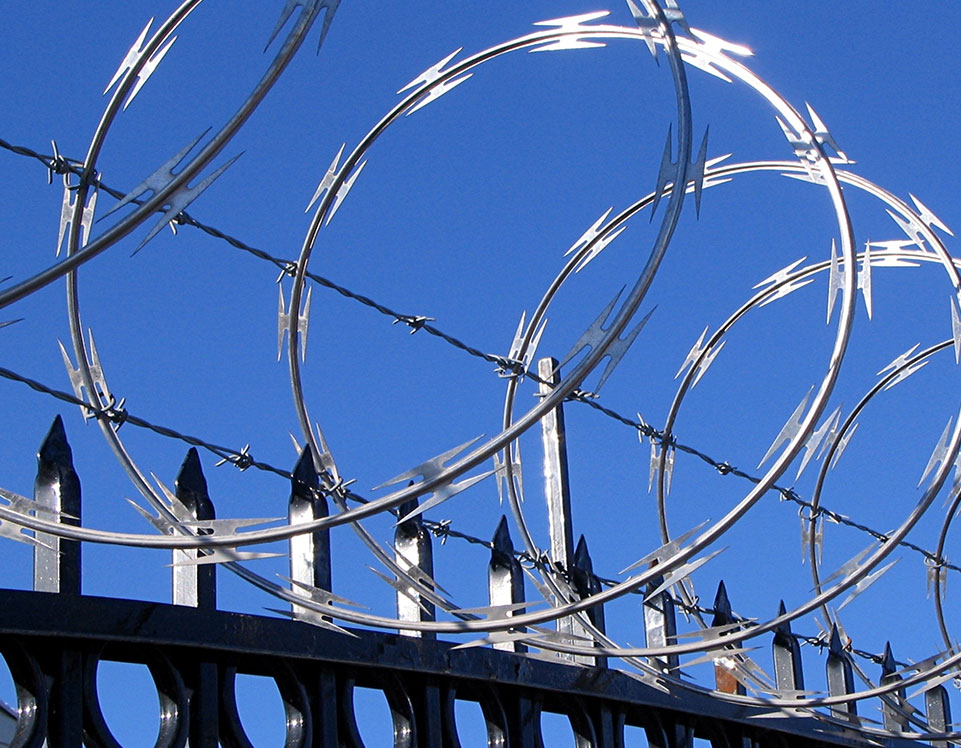Reasons to Pick a Fiber Optic Security System for Maximum Security and Speed
The Ultimate Guide to Fiber Optic Safety Systems for Your Organization
In a period where safety problems are paramount for businesses, understanding the ins and outs of fiber optic technology can be transformative. This guide describes how incorporating fiber optic safety and security systems not only improves data security yet additionally supplies benefits like resistance to disturbance and real-time surveillance capacities. As companies examine their protection needs, it ends up being important to think about the installment procedure and the most up to date innovations in the area. What details factors should be focused on when choosing the best system, and how can services ensure they make one of the most informed selections?
Recognizing Fiber Optic Modern Technology

The core of a fiber optic cord consists of a slim glass or plastic facility, surrounded by a cladding layer that reflects light back right into the core. Single-mode fibers are designed for long-distance transmission, while multi-mode fibers are appropriate for much shorter distances, frequently utilized within structures.
Fiber optics are not only much faster yet also a lot more safe and secure than typical electrical wiring. Their integral resistance to electromagnetic interference and the problem of taking advantage of the signal without detection make them a favored selection for companies prioritizing data stability and protection. As companies increasingly depend on safe and reliable interaction systems, recognizing fiber optic innovation ends up being necessary for educated decision-making.
Trick Advantages of Fiber Optic Security
When considering protection choices for a service, the benefits of fiber optic systems are particularly compelling. Most importantly, fiber optic innovation supplies phenomenal information transmission rates and data transfer capability, making it perfect for managing high-resolution video feeds from monitoring cams. This capacity makes sure that safety employees get real-time information, enhancing general reaction times to prospective safety and security threats.
In addition, fiber optic cable televisions are inherently resistant to electro-magnetic disturbance, which can endanger the stability of conventional copper-based systems. This resistance ensures that the information transferred stays protected and uninterrupted, giving an extra trusted safety infrastructure. In addition, fiber optics are much less at risk to physical damage, as they are made from glass as opposed to metal, minimizing upkeep costs and downtime.
Fiber optic systems provide improved cybersecurity functions, consisting of security capabilities that shield delicate information from unapproved accessibility. Jointly, these benefits make fiber optic safety systems a durable choice for services looking for to improve their security steps.
Setup Refine and Factors To Consider
Thinking about the complexities included, the setup process of fiber optic safety and security systems requires cautious planning and execution. The first step includes an extensive site assessment to recognize ideal places for cabling and devices. This assessment should consider environmental elements, existing infrastructure, and potential susceptabilities.

In addition, the installation needs to abide by regional building ordinance and industry requirements. This may consist of collaborating with different stakeholders such Website as structure managers, IT teams, and protection employees to make sure smooth assimilation with existing systems.
Post-installation, extensive testing is necessary to verify system efficiency and recognize any type of issues that might emerge. By prioritizing these factors to consider during the installation procedure, services can ensure a durable and efficient fiber optic safety and security system that fulfills their details security demands.
Newest Innovations in Fiber Optic Protection
Recent advancements in fiber optic modern technology have dramatically improved the capacities of safety and security systems for organizations. One of one of the most remarkable developments is the combination of fiber optic sensing units that can discover resonances and invasions along the perimeter of a center. These sensing units offer real-time surveillance, enabling fast reaction to possible breaches.
Furthermore, the growth of distributed fiber optic sensing innovation enables the continuous tracking of huge locations with a solitary fiber wire. This method not only decreases setup costs yet also enhances the integrity of keeping track of systems by getting rid of the need for several, separate sensing units.
Additionally, developments in multiplexing strategies have enabled organizations to transfer large quantities of information over fiber optic networks, boosting the capabilities of video security systems. High-def video clip feeds can now be sent out over long ranges without loss of top Bonuses quality, ensuring that safety and security workers have access to clear and workable info.
Finally, the use of expert system (AI) along with fiber optic systems is reinventing hazard discovery. AI algorithms can examine data from fiber optic networks to determine uncommon patterns or behaviors, permitting positive safety and security steps. These advancements jointly represent a significant jump forward in fiber optic safety technology.
Selecting the Right System for Your Service
Choosing the suitable fiber optic safety system for your company is important for guaranteeing optimum protection and assurance. To make an educated choice, assess your details safety requirements, taking into consideration aspects such as the size of your premises, the nature of your operations, and potential susceptabilities.
Begin by examining the level of protection called for; as an example, risky environments may demand sophisticated systems with integrated security and invasion discovery abilities. Next, consider scalability; as your organization grows, your safety system need to be capable of broadening to fit boosted demands without considerable overhauls.
Furthermore, investigate the dependability and performance of various systems. Seek service providers with well established track records and client endorsements that vouch for their service quality. It's likewise advisable to ask about the technology's compatibility with existing facilities, making certain a smooth assimilation procedure.
Conclusion
In final thought, fiber optic safety and security systems present a durable service for enhancing organization safety facilities. The latest advancements better strengthen the efficiency of these systems, ensuring that organizations remain secure and adaptable in an ever-evolving danger landscape.